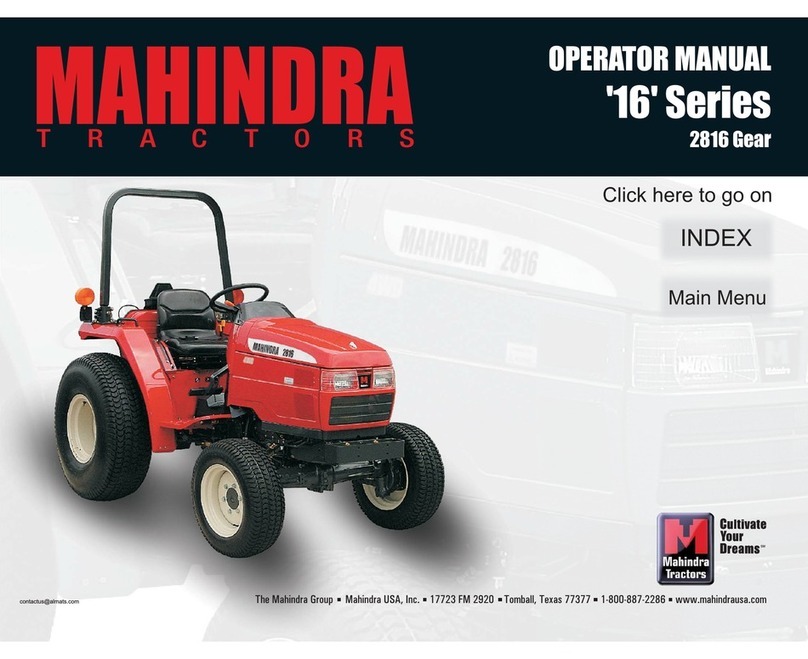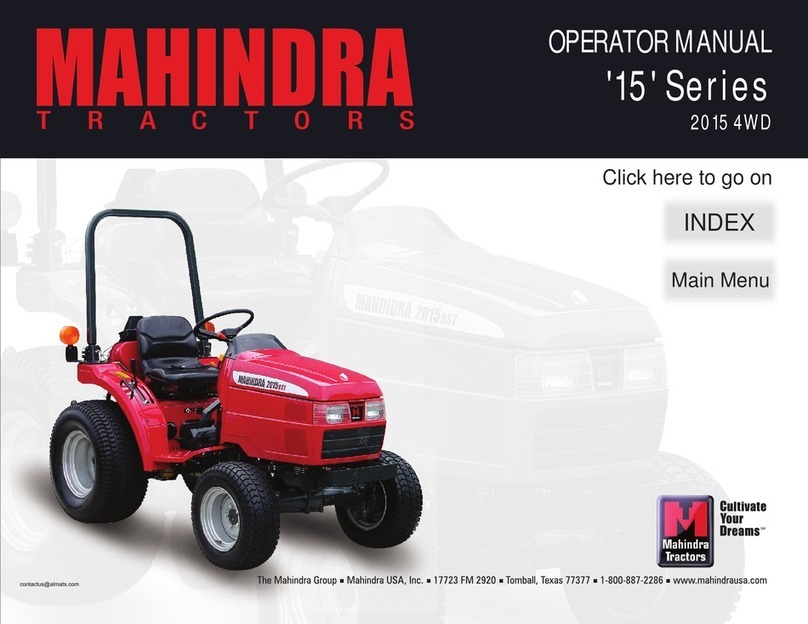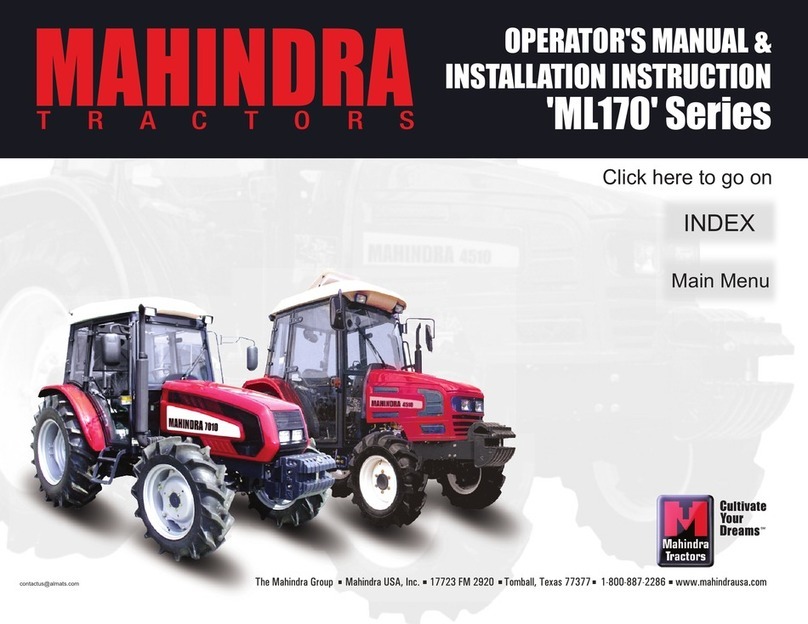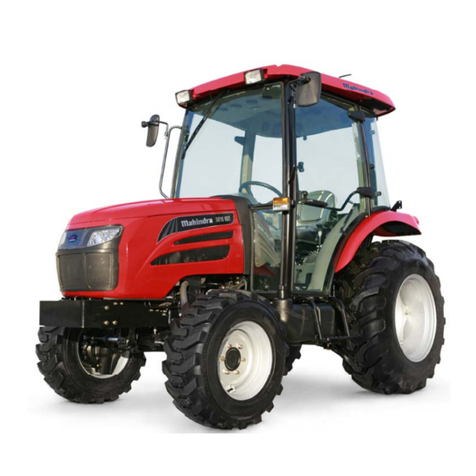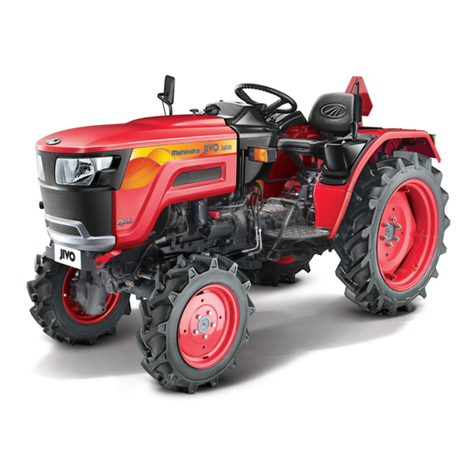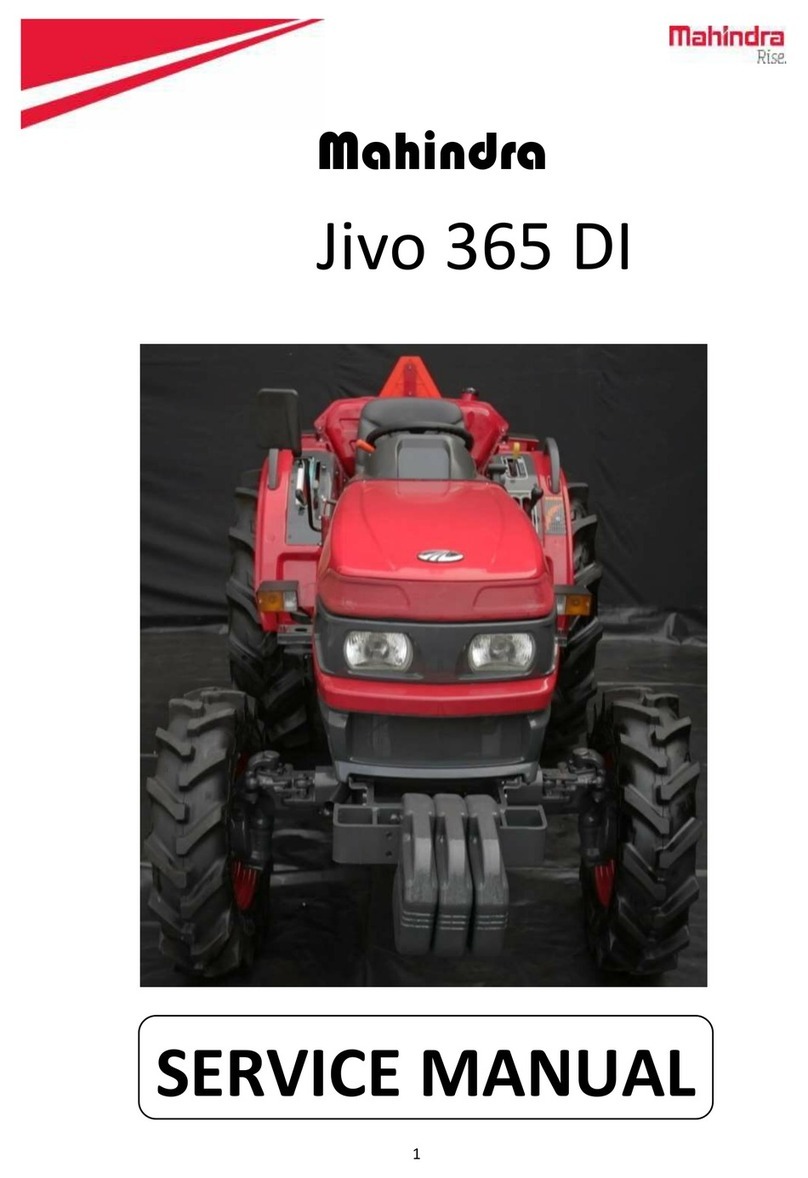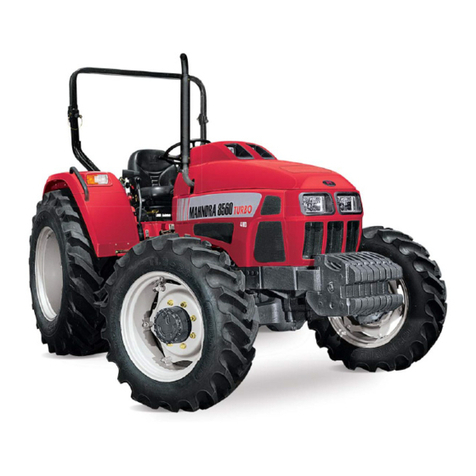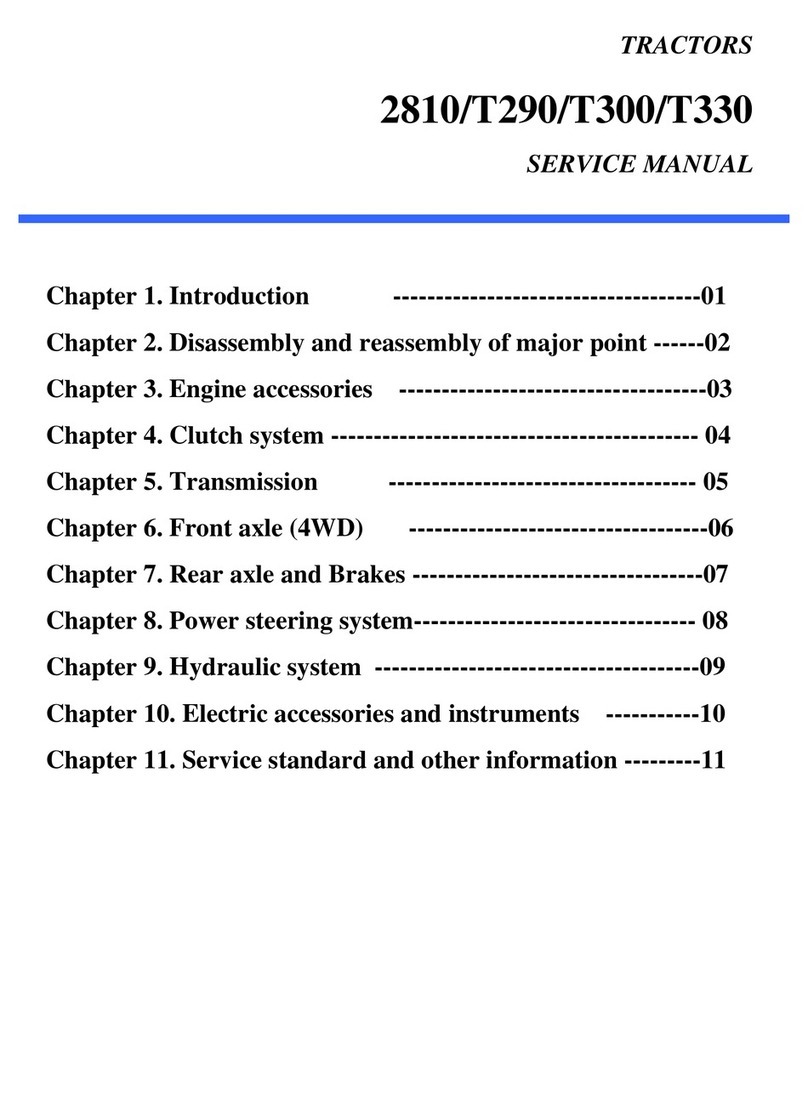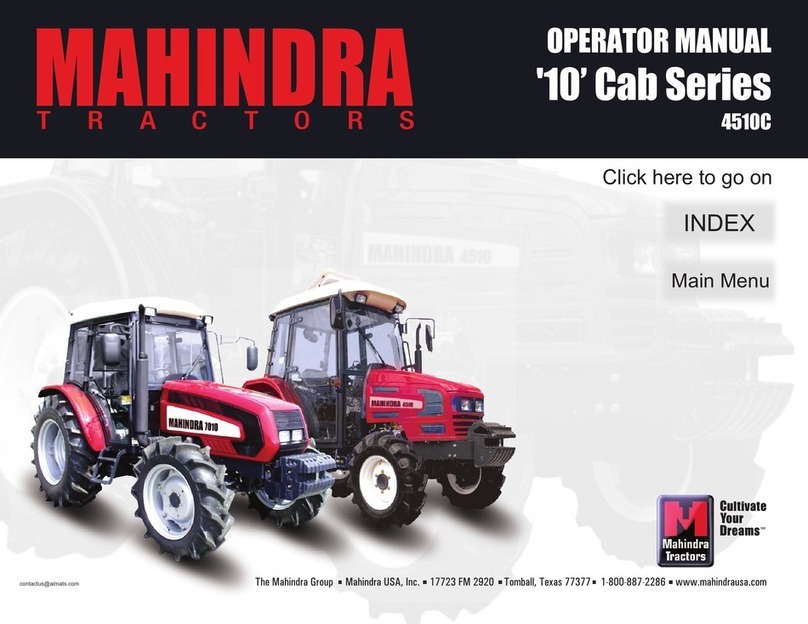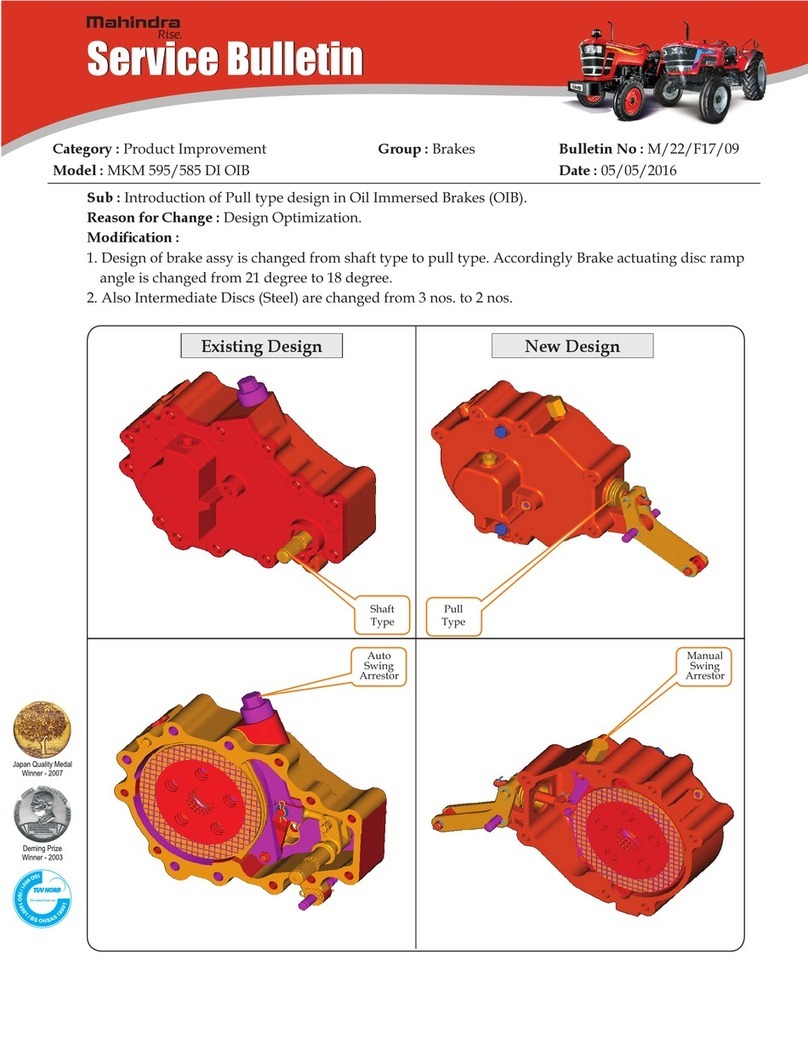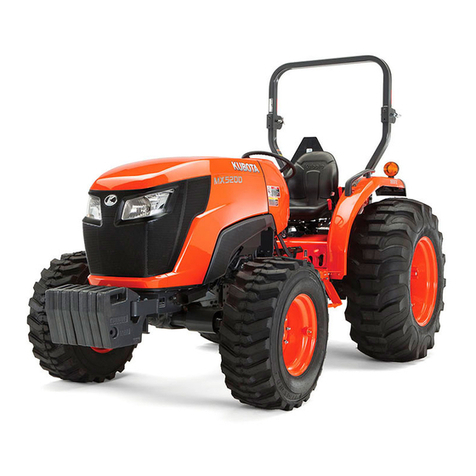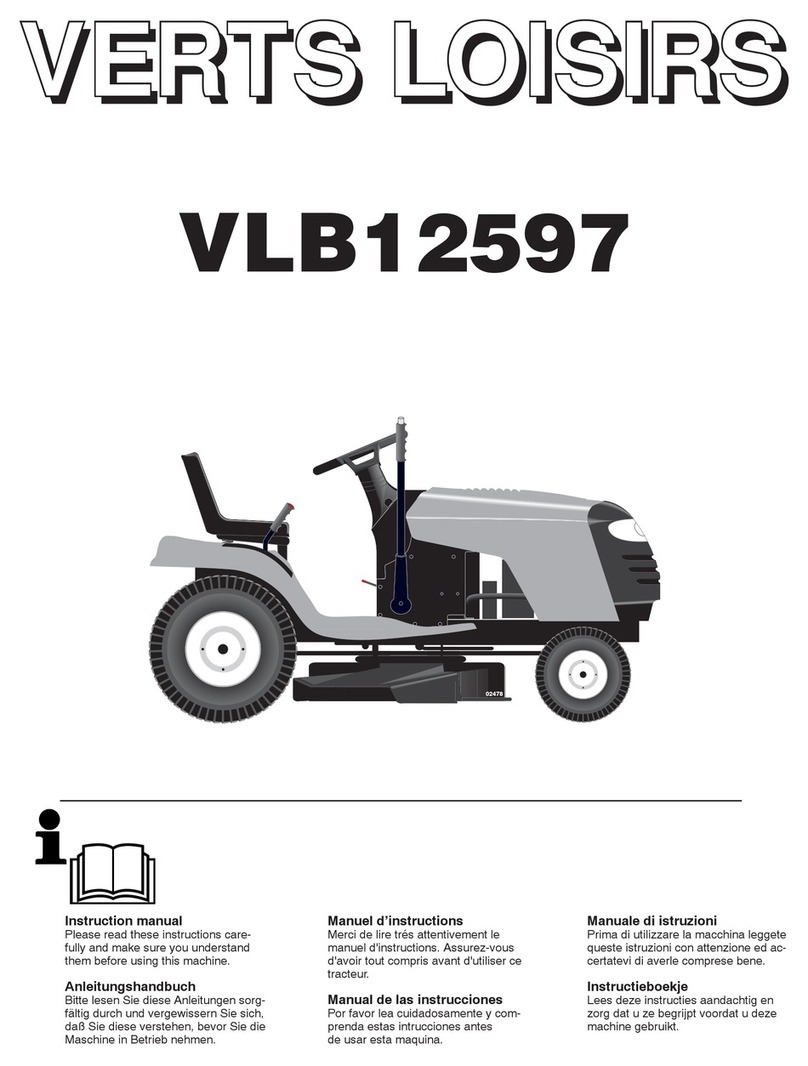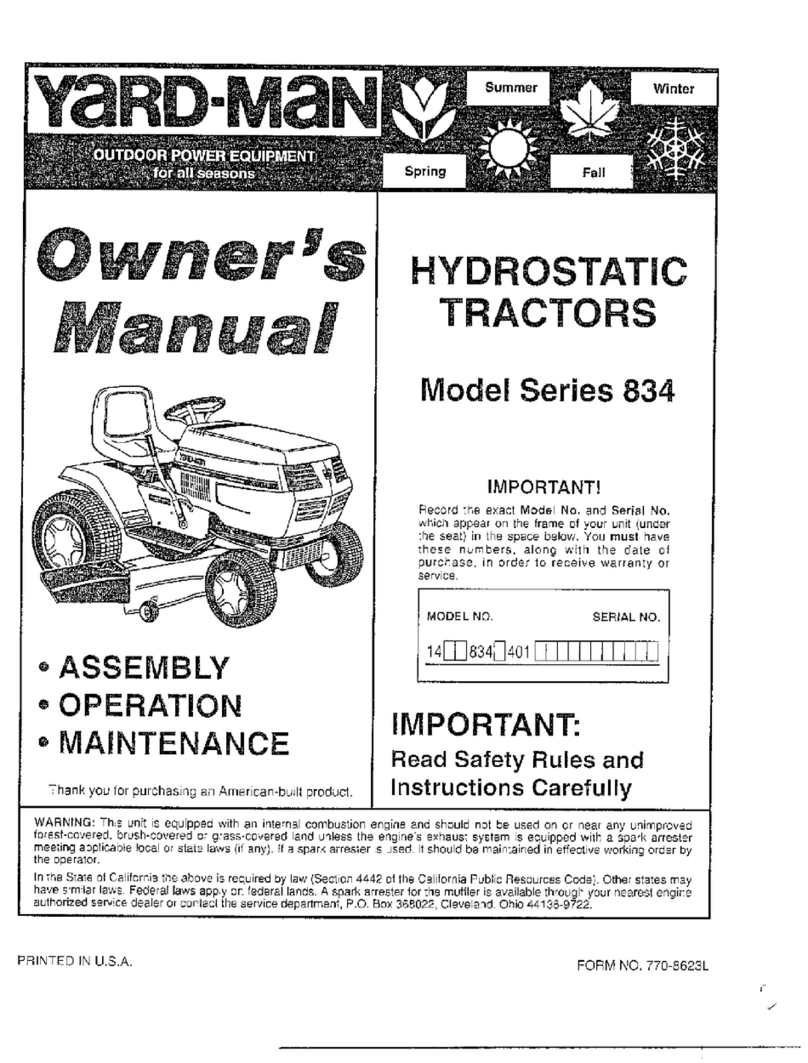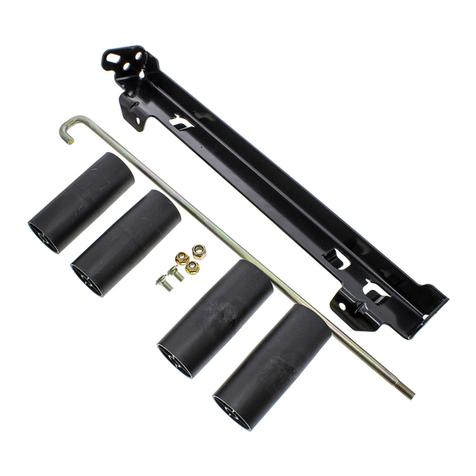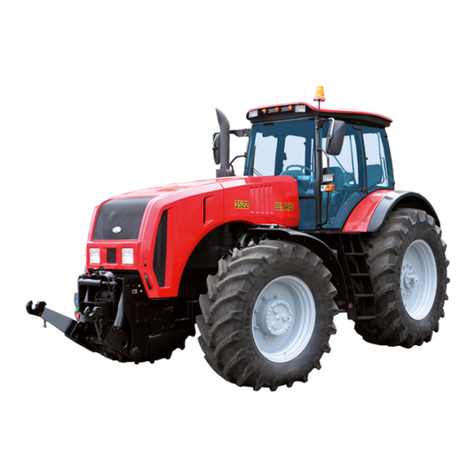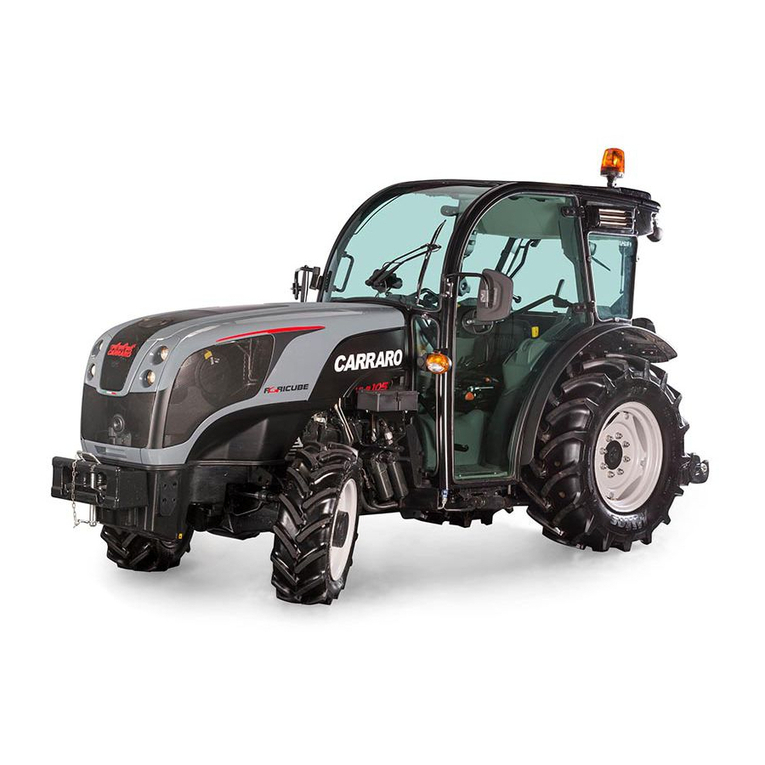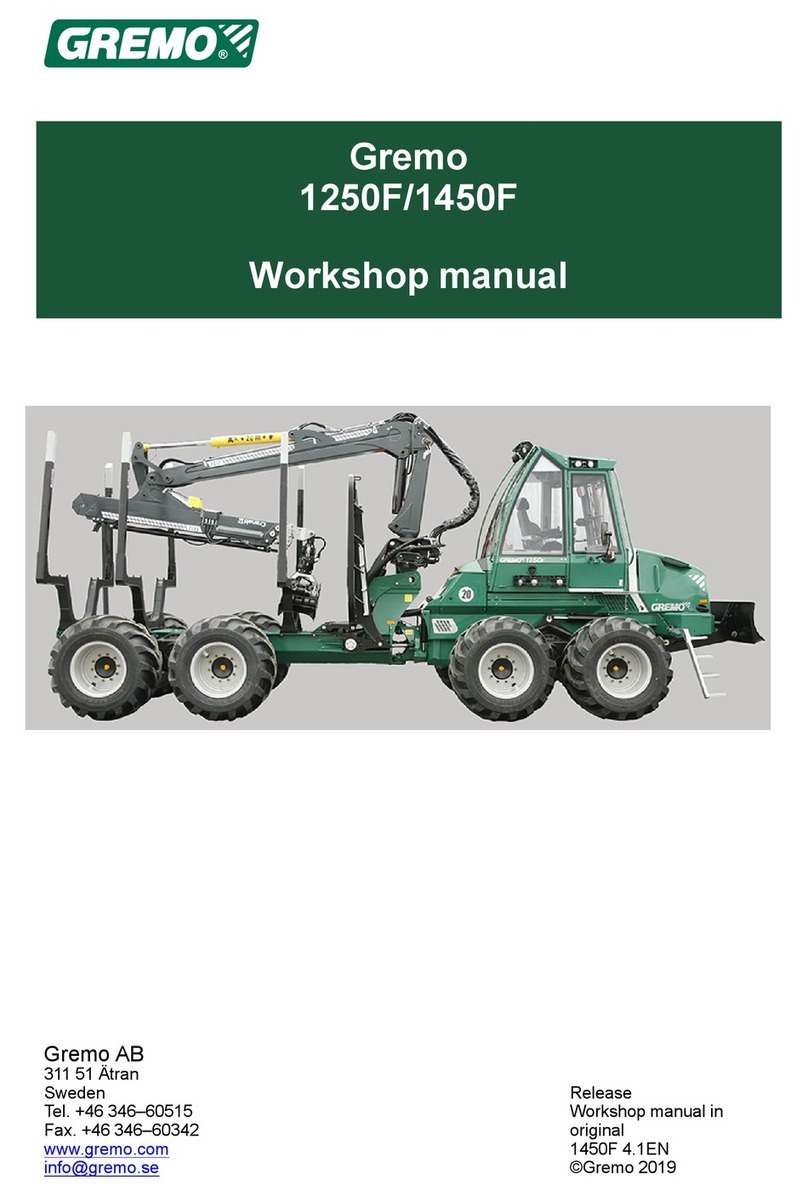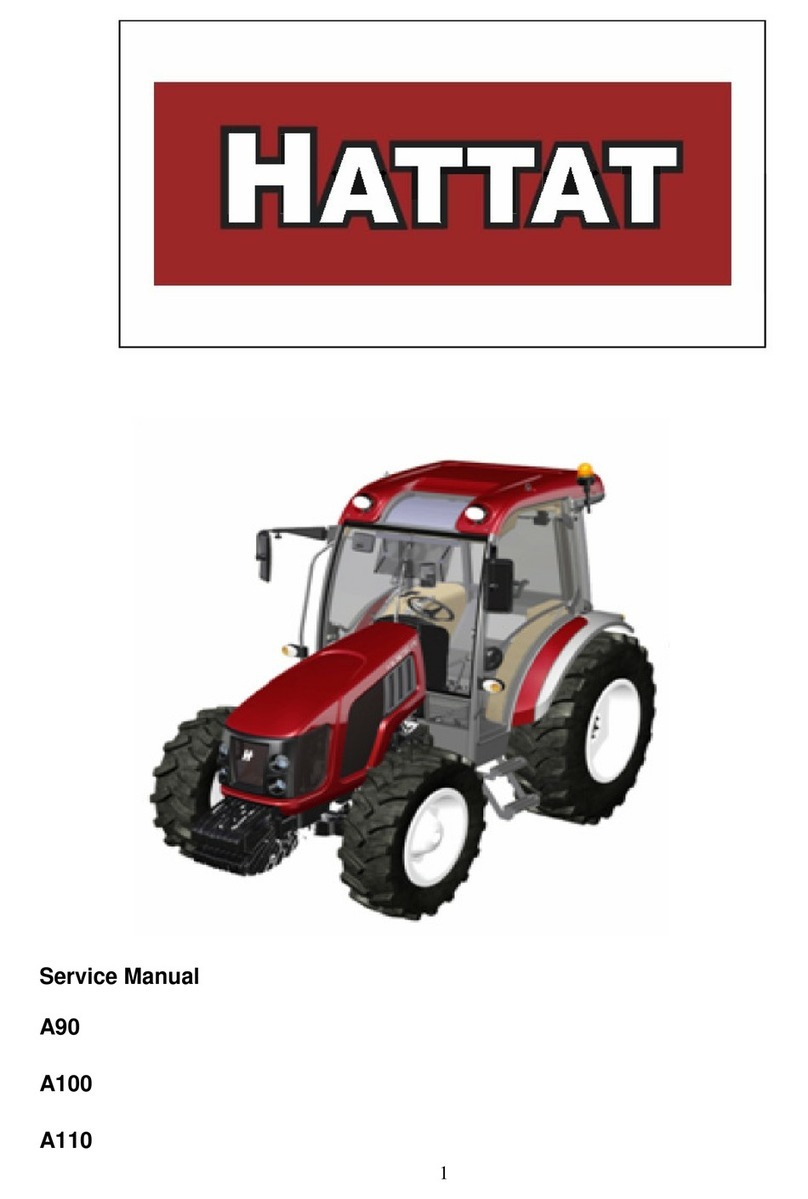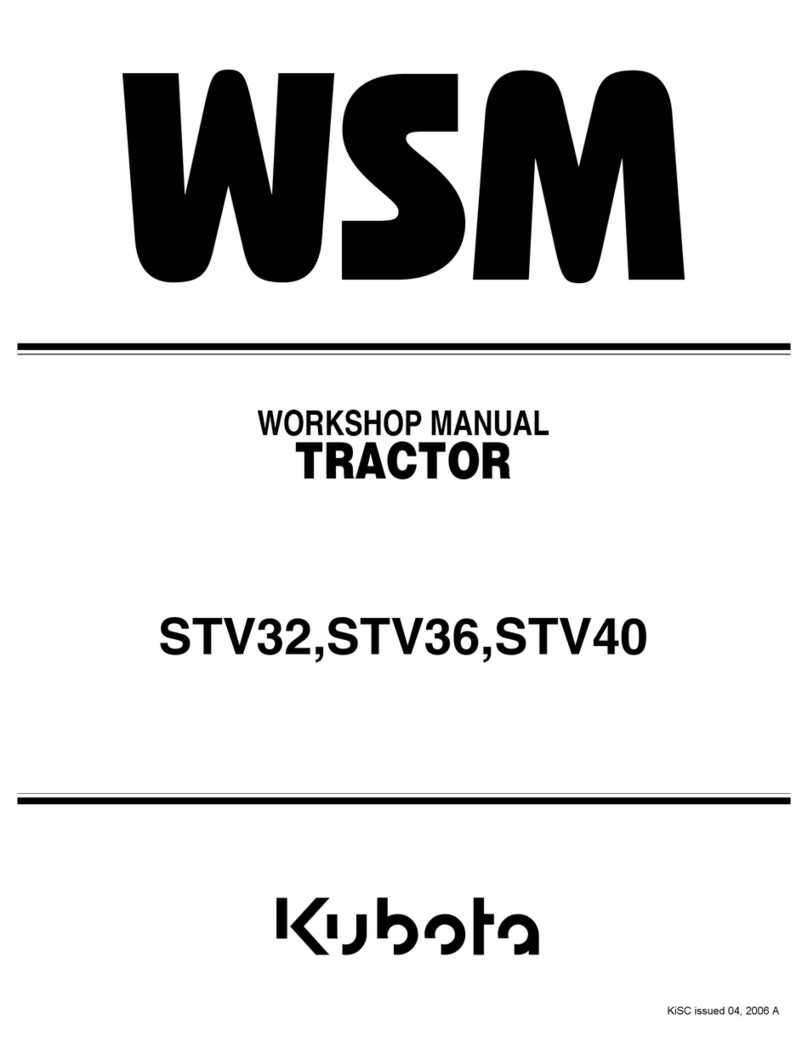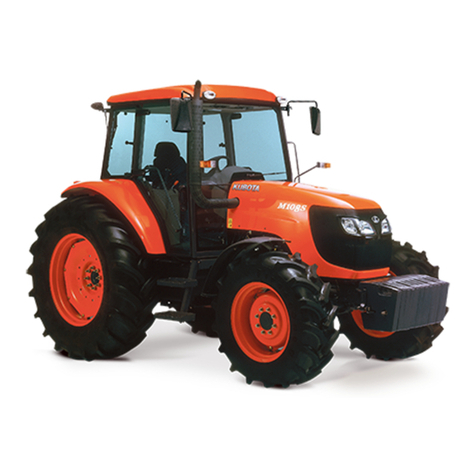
A-1
35 Series 4WD, Model - 3535, 4035, 4535 and 5035 SM June’08
Remember that YOU are the key to safety. Good
safety practices not only protect you, but also the
people around you. Study the features in this
manual and make them a working part of your
safety program. Keep in mind that this safety section
is written only for this type of machine. Practice
all other usual and customary safe working
precautions, and above all - REMEMBER - SAFETY
IS YOUR RESPONSIBILITY. YOU CAN PREVENT
SERIOUS INJURY OR DEATH.
SAFETY - DANGER, WARNING and CAUTION
Whenever you see the words and symbols shown
below, used in this book and on decals, you MUST
take note of their instructions.
The symbol and the word
DANGER indicates an imminently hazardous
situation with, if not avoided, will result in DEATH
OR SERIOUS INJURY.
The symbol and the word
WARNING indicates a potentially hazardous
situation. If the instructions or procedures are not
correctly followed it could result in PERSONAL
INJURY, OR LOSS OF LIFE.
The symbol and the word
CAUTION identifies special instructions or procedure
which if not strictly observed, could result in
DAMAGE, DESTRUCTION OF EQUIPMENT, OR
PERSONAL INJURY.
NOTE : The word NOTE indicates points of
particular interest for more efficient and
convenient repair or operation.
Safety Notes
SAFETY - ALERT SYMBOL AND TERMS
This Safety Alert Symbol means ATTENTION!
BE ALERT! YOUR SAFETY IS INVOLVED!
The safety alert symbol identifies important
safety messages on machines, safety signs,
in manuals, or elsewhere. When you see
this symbol, be alert to the possibility of
personal injury or death. Follow the
instructions given in the safety messages.
Why is SAFETY important to you?
ACCIDENTS DISABLE AND KILL
ACCIDENTS ARE COSTLY
ACCIDENTS CAN BE AVOIDED
Work Safely – Follow these Rules
1. Always wear safety glasses when using
a hammer, chisel or other tools that may
cause chips to fly.
2. Keep work area organized and clean. Wipe
up oil or spills of any kind. Keep tools and
parts off of the floor. Eliminate the possibility
of a fall which could result in a serious injury.
3. Be sure to reinstall safety devices, guards or
shields after adjusting and/or servicing the
machine.
4. After servicing, be sure all tools, parts, or
servicing equipment are removed from the
machine.
5. Use a safety catch on all hoist hooks. Do not
take a chance, the load could slip off the
hook.
6. Electrical storage batteries give off explosive
hydrogen gas when charging and continue
to do so for some time after receiving a steady
charge. Do not under any circumstances allow
an electric spark or an open flame near the
battery. Always disconnect a battery cable
before working on the electrical system.
Always wear safety goggles when servicing
batteries.
7. Use proper tools to make repairs, using
hammers and chisels or punches when pullers
should be used increases the probability of
injury.
8. Be careful when using compressed air to dry
parts. Use approved air blow guns, do not
exceed 30 psi, wear safety glass or goggles
and use proper shielding to protect everyone
in the work area.
9. Do not wear rings, wrist watches or loose
fitting clothing when working on machinery
because they could catch on moving parts
causing serious injury. Wear sturdy,
roughsoled work shoes. Never adjust and/or
service a machine with bare feet or while
wearing sandals or sneakers.
10. Exhaust gases are highly poisonous!
Therefore, do not start the engine in closed
rooms unless adequate ventilation is ensured.
General
